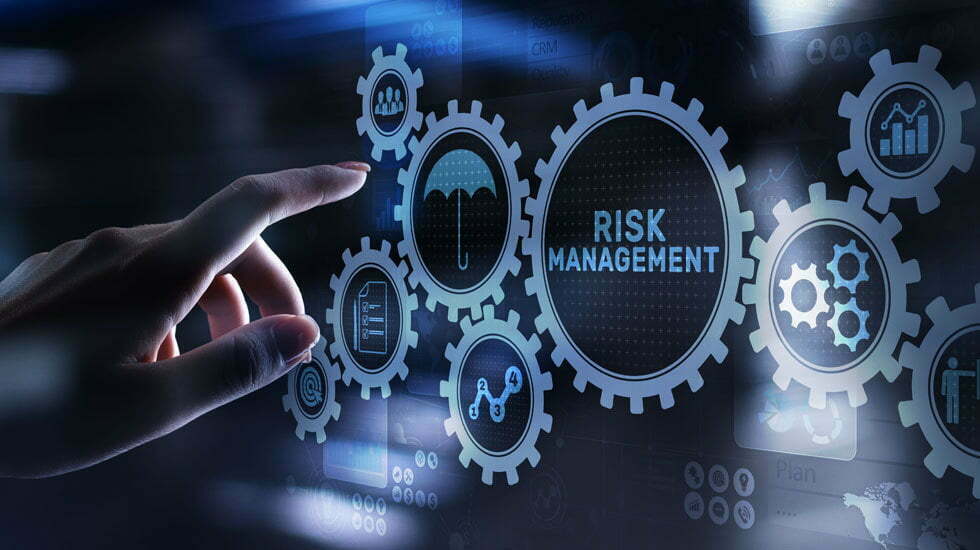
Photo Credits: Option Finance
From cyberattacks to vandalism, businesses face many incidents that pose a threat to their operations and continuity. As such, enterprises are taking steps to avert or limit the effects of such threats, a strategy known as risk mitigation. Like other elements of risk management, risk mitigation targets to minimize the adverse effects of different threats on business continuity, with its implementation varying from one organization to another.
Whether startups or established conglomerates, businesses face different kinds of risks- some severe to the extent of causing bankruptcy, while others are minor with no monetary losses. As an enterprise, the risks you should worry about include strategic, compliance, financial, operational, and reputational risks.
Every organization needs to understand the potential risks that could interfere with its operations, security, profits, and other processes to remain relevant and competitive in the market. Failure to recognize any threat spells disaster for the organization. Therefore, risk management, which involves identifying, analyzing, and mitigating various risks, remains crucial in business continuity. Risk mitigation is an element of risk management your business needs to employ.
Risk mitigation refers to the strategies established by an organization to reduce its exposure to potential risks and their likelihood of occurrence. A robust risk mitigation plan is essential for a business’s operation, profitability and reputation. First, it guides how an organization can endure and control risks to achieve business goals. With a clear risk mitigation strategy, the enterprise can make the right decisions, leading to competitive advantage and a good reputation.
Risk mitigation increases the organization’s stability in different market situations while reducing the likelihood of regulatory liabilities. Thus, to protect the company and its stakeholder from potential harm, you must implement risk mitigation strategies.
While risks and threats vary from business to business, some steps for designing a thorough risk mitigation plan are relatively constant. A robust risk mitigation strategy requires recognizing systematic risks, prioritizing intervention, and monitoring mitigation plans.
Risk mitigation strategies are diverse, and you can use them in combination, depending on the company’s risk landscape. They include:
When the consequences of a particular event are too high to justify the cost of mitigating the associated risks, avoidance is the best strategy. The organization chooses to forgo the event to prevent the risks. An example of risk avoidance is withdrawing operations from potential war zones to avoid property damage or employee harm.
After risk quantification in terms of severity, the business chooses to accept some level of risk in one area while using the available resources to avert more severe troubles.
Used when more than one party is involved, risk transfer involves distributing risks to different parties according to their ability to defend against the threat. For instance, a car manufacturer can transfer responsibility for various risks to all the component suppliers.
Risk monitoring is where the organization tracks all its projects and the associated risks to determine the impact of the risk on the business.
Establishing a robust risk mitigation culture requires you to constantly communicate risks to the stakeholders, develop a clear risk management policy, and monitor all potential risks.
Besides internal controls, a company can mitigate risks through the help of agile project management methods that review and reinforce different business strategies. Agile teams work with risk managers and business leaders to minimize company risks at all levels.
Have you ever marveled at the intricate details of an iron gate or a beautifully…
Do you own or manage a high-traffic establishment? If so, then you are probably well…
Are you preparing for a new product launch? A product launch checklist is crucial for…
When you're involved in a car accident, the aftermath can be overwhelming. Between dealing with…
In a world where cyber threats are evolving at breakneck speed, the need for robust…
It was a dreary Saturday afternoon. Rain drummed against the window, a steady, monotonous rhythm…